Search Images
Browse Content (p. 825)
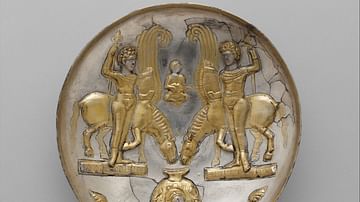
Image
Sassanian Plate with Winged Horses
This gilded silver Sasanian plate features an unusual scene that borrows from Graeco-Roman prototypes and possibly Iranian ones as well. Two youths stand on platforms facing one another, each holding a staff and the reins of a winged horse...
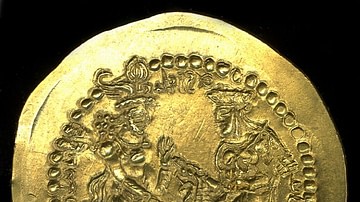
Image
Sassanian Coin Depicting Anahita
Reverse of a Sassanian gold coin with the goddess Anahita standing on the left facing a seated king to the right, 3rd century CE.
The British Museum, London.
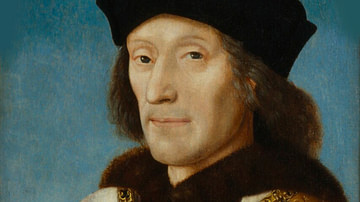
Image
Henry VII of England, National Portrait Gallery
Portrait of Henry VII of England (r. 1457-1509 CE). Painted by an unknown Dutch artist c. 1505 CE. 425 mm x 305 mm (16 3/4 in x 12 in).
(Courtesy of the National Portrait Gallery)
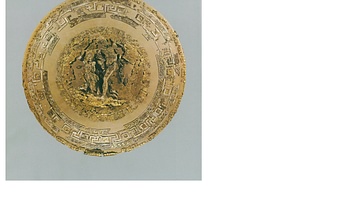
Image
Wreath & Ceremonial Shield from Tomb II, Vergina
The gold wreath and ceremonial shield from the main chamber of Tomb II, in Aigai (Vergina). From Unearthing the Family of Alexander the Great. Grant (2019). Used with permission from Pen & Sword Books.

Image
Portait of Henry VI of England
A contemporary portrait of Henry VI of England (r. 1422-1461 & 1470-1471 CE). Made by an unknown artist c. 1540 CE. Oil on panel. 318 mm x 254 mm (12 1/2 i. x 10 in).
(Courtesy of National Portrait Gallery)
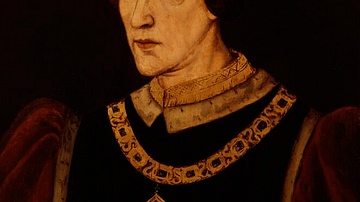
Image
Henry VI of England, National Portrait Gallery
King Henry VI of England (r. 1422-1461 & 1470-1471 CE). Painted by an unknown artist in the late 16th or 17th Century CE. Oil on panel. 533 mm x 445 mm (21 in x 17 1/2 in).
(Courtesy of National Portrait Gallery)
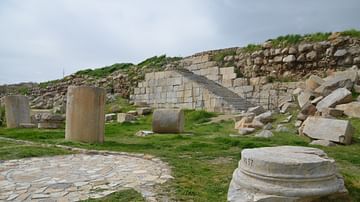
Image
Temple of Anahita at Kangavar, Iran
The remains of the Temple of Anahita at Kangavar, Iran. The temple was a major sanctuary erected to the goddess of waters and fertility who was worshipped in ancient Persia alongside Ahura Mazda. Dating back to the Seleucid or Parthian eras...
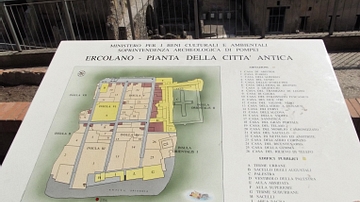
Image
Map of Herculaneum
Map of the ancient Roman town of Herculaneum.
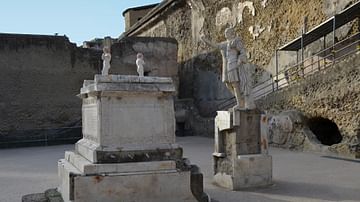
Image
Funerary Altar and Statue of Marcus Nonius Balbus in Herculaneum
Marcus Nonius Balbus was a prominent figure of Herculaneum during the Augustan period (27 BCE - 14 CE). He embellished the town with civic monuments and public facilities. His generosity to Herculaneum is preserved in inscriptions, and at...
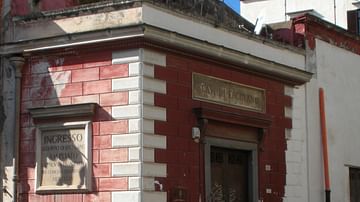
Image
Entrance to the Underground Theatre of Herculaneum
The ancient theatre of Herculaneum was first discovered in 1709 by a farmer who was digging a well and was later excavated by tunnelling down through the volcanic rock. The theatre was built of stone in the Augustan period (27 BCE – 14 CE...